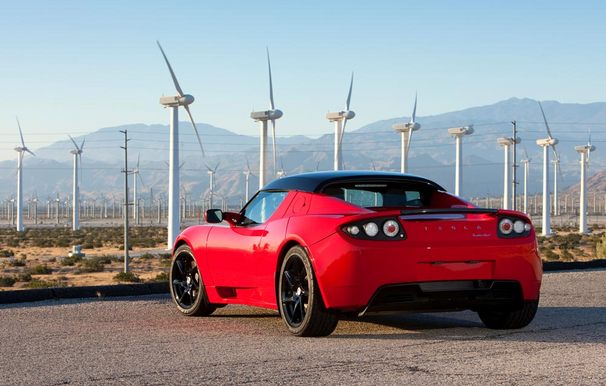Tesla Can Keep Its Patents (Op-Ed)


Steven Rubin is a partner at Moritt Hock & Hamroff LLP where he chairs the firm's Patent Practice Group and co-chairs its Cybersecurity Practice Group. He concentrates his practice on all phases of patent-related matters, both domestically and internationally. He contributed this article to Live Science's Expert Voices: Op-Ed & Insights.
Tesla made news a few weeks ago by offering a "license" to their intellectual property. Specifically, Tesla indicated on their web site "Tesla will not initiate patent lawsuits against anyone who, in good faith, wants to use our technology." Some have applauded Tesla for sharing their technology. However, the market would benefit more if they maintained their patents and focused on innovation.
Patent rights and patent licenses are complicated. Tesla's statement — like the open-source model it references — raises many questions, causing ambiguity and uncertainty. [Free for All: Tesla Motors Makes Electric Car Patents Open Source ]
As a lawyer, I'm trained to think about potential scenarios and how they may harm my clients. For example, who is protected by this "license?" Suppose XYZ motor company, a competitor of Tesla, uses some of Tesla's technology to create a new type of engine that starts to push Tesla out of the market. XYZ could then further sue Tesla on patents owned by XYZ and Tesla has now potentially relinquished its right to countersue for infringement of Tesla's patents .
The license also raises questions because its duration is not defined and may impede Tesla from suing anyone, at any time. In the future, Tesla may have trouble pulling back on its "open access" promise — especially if a company can show that it developed a technology relying on that promise.
The scope of the technology licensed is also unclear. There will be arguments that the licensed technology relates to Tesla's products, now or ever developed, whether or not patented. New ventures by Tesla may be impaired by the license. Patents on technology totally unrelated to Tesla's current products may be automatically licensed. Even if Tesla buys a company with patents, there will be arguments that those new patents may be subject to the license.
Then there are issues relating to what happens to licensed technology once incorporated into other products. For example, in the open-source context, suppose company A incorporates Tesla technology into their product and now company A wants to sell their company? Does the license or "good faith" transfer? If company A sells to a competitor of Tesla, perhaps the competitor can purchase the license by buying company A. Conversely, if someone buys company A, there may be limitations on what products may incorporate Tesla-developed technology.
Get the world’s most fascinating discoveries delivered straight to your inbox.
Most importantly, the license may affect Tesla's own innovations and value. If Tesla cannot enforce its own patents, there will be a disincentive to innovate, because the promise of an exclusionary right is lost. Suppose Apple wants to buy Tesla? Has Tesla now given up all patent rights? It would seem to me that in any suit filed by Tesla, ever, the defendant will point to this "license." [Time to Discard the Metric that Decides How Science is Rated (Op-Ed )]
To be clear, I like Tesla. I like Elon Musk — I think he is smart, with lots of great ideas that may be great for society. And I'm a tech guy; sharing technology and promoting improvements in technology is fantastic. Moving toward electric vehicles, or innovative vehicles where we seek to use renewable energy, is a laudable goal. But, we can't get there by giving a cursory review of a complex property-right, thereby creating uncertainty — something abhorred by the marketplace.
Follow all of the Expert Voices issues and debates — and become part of the discussion — on Facebook, Twitter and Google +. The views expressed are those of the author and do not necessarily reflect the views of the publisher. This version of the article was originally published on Live Science.



